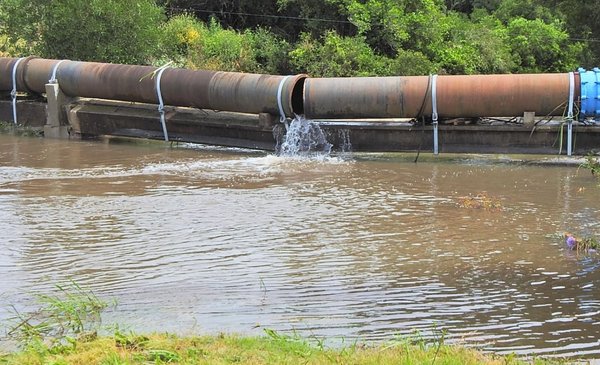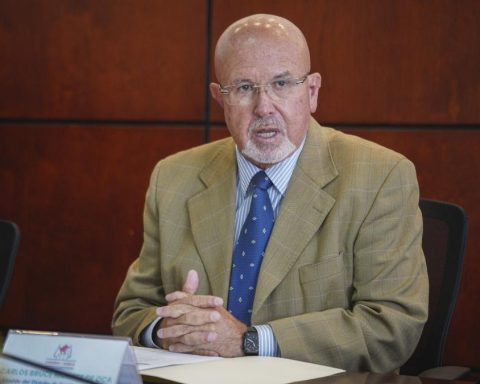Many tourists who visit the main beach resorts in Uruguay have encountered a problem: lack of water at certain times.
This had been noticed by the director of the Decentralized Management Unit (UGD) of OSE Maldonado, Jesús Bentancur, in November 2022 and it is something that has been verified these first days of 2023 in certain places in Punta del Este (especially in Avenida del Mar), Maldonado (near the Arroyo) and in areas of Piriápolis. “We are complicated, it is true, we had already said it”, Bentancur assured.
The problem, Bentancur commented, is generated mainly during “peak” hours, when people return from the beach. That is at noon, between 12:00 and 14:00, where the water does not come out or comes out with very little pressure, both in the showers and in the faucets, as well as when you come back from the beach in the evening. Between 7:00 p.m. and 9:00 p.m., bathing difficulties are constant.
“OSE has not invested in this issue for 20 years”added Bentancur, who hopes that some complementary works will begin this year to fix some of the 40,000 meters of fiber cement pipes that They have already reached their useful life. With this investment, as well as others in water tanks, they could arrive in better conditions for the next summer season, although he assumes that the problem will not be solved without a large investment.
That large investment should be US$ 80 million, Bentancur estimated, so that OSE can arrive with a good supply of drinking water by 2024. This investment is being studied by the authorities and there is still no date for the tender.
“Maldonado has grown too much for the infrastructure it has,” he said. And in the summer season its population doubles from the rest of the year and that generates the water problems that visitors are perceiving today.
OSE’s warning in three departments
On January 6 OSA issued a statement so that the population takes extreme measures in water consumption due to the drought and “the constant decline in natural water sources for the production of drinking water.”
In particular, the organism alerted San José de Mayo (Saint Joseph), various towns in the department of Colonia (Nueva Helvecia, Colonia Valdense, Colonia La Paz, Spas of Costa del Inmigrante and Rosario) and the entire department of Maldonado.

















